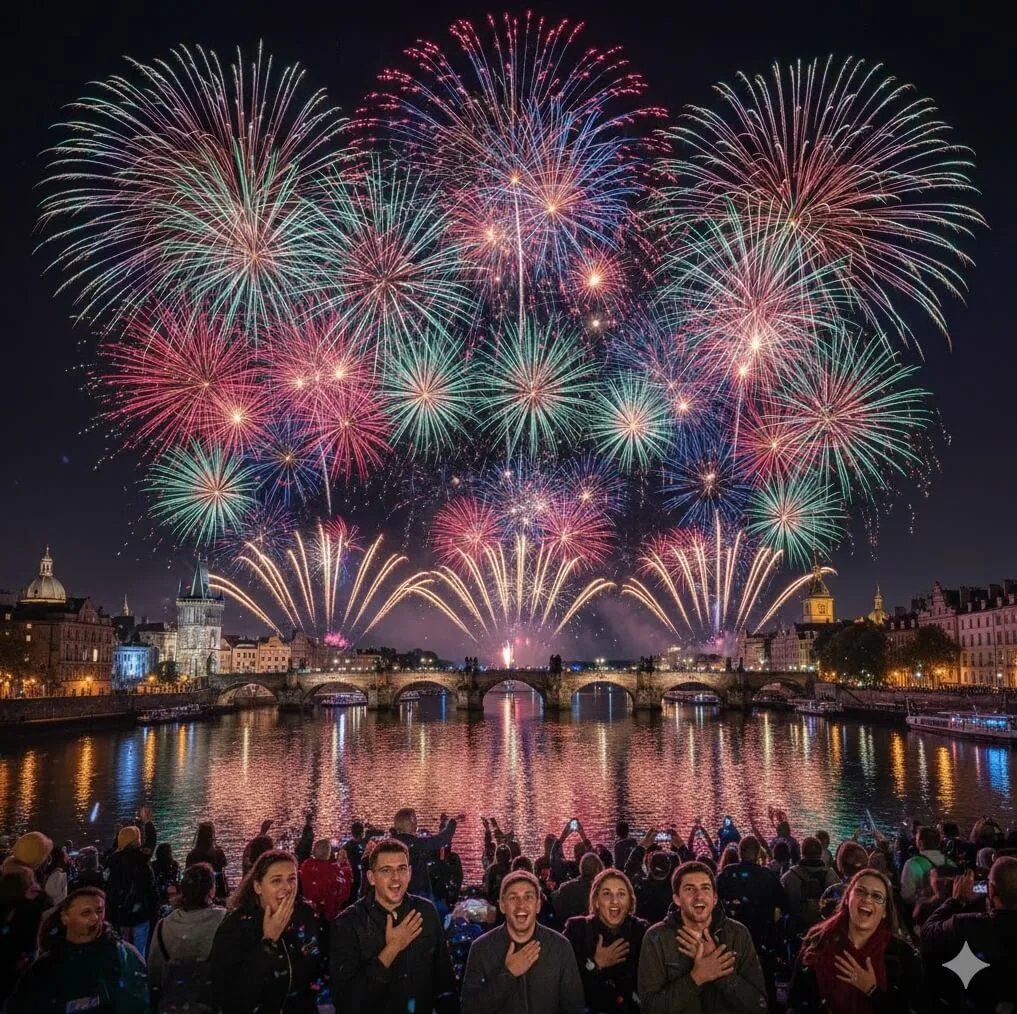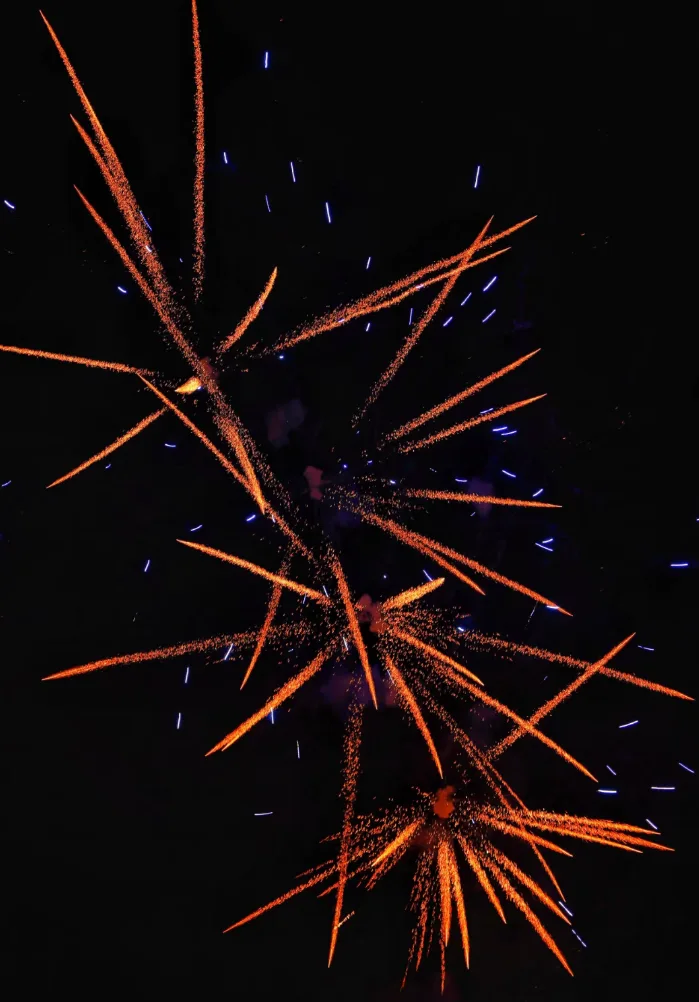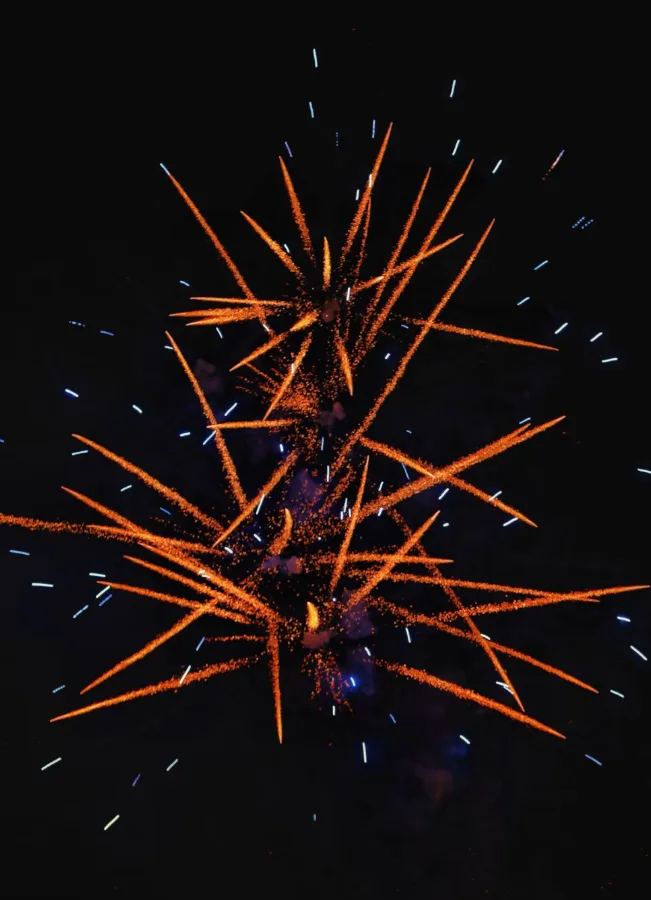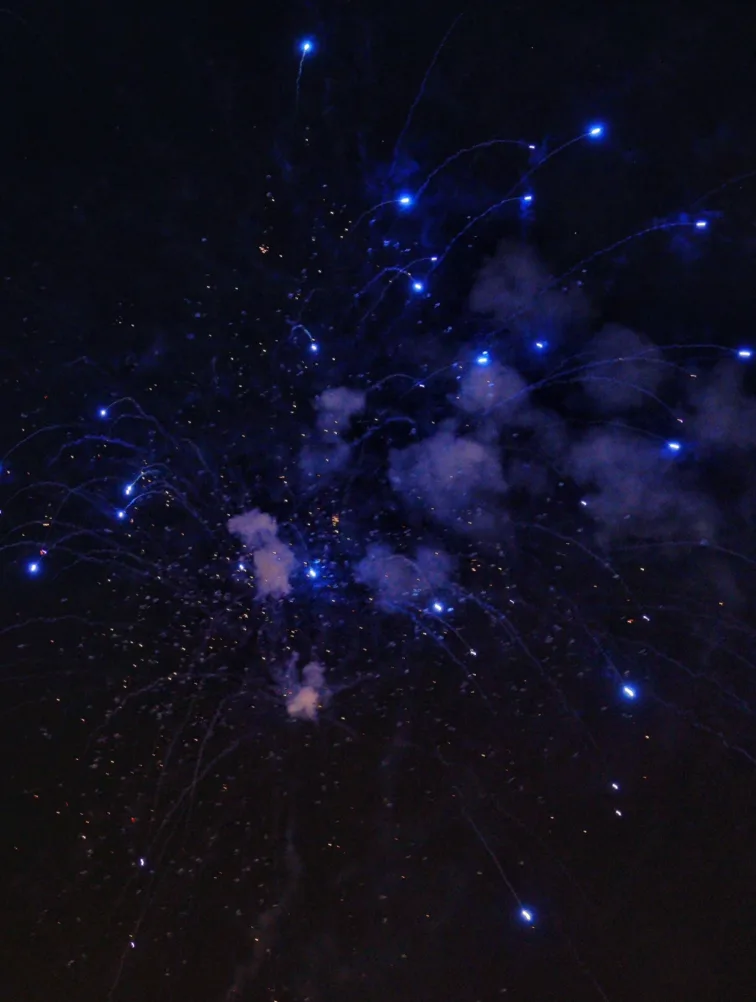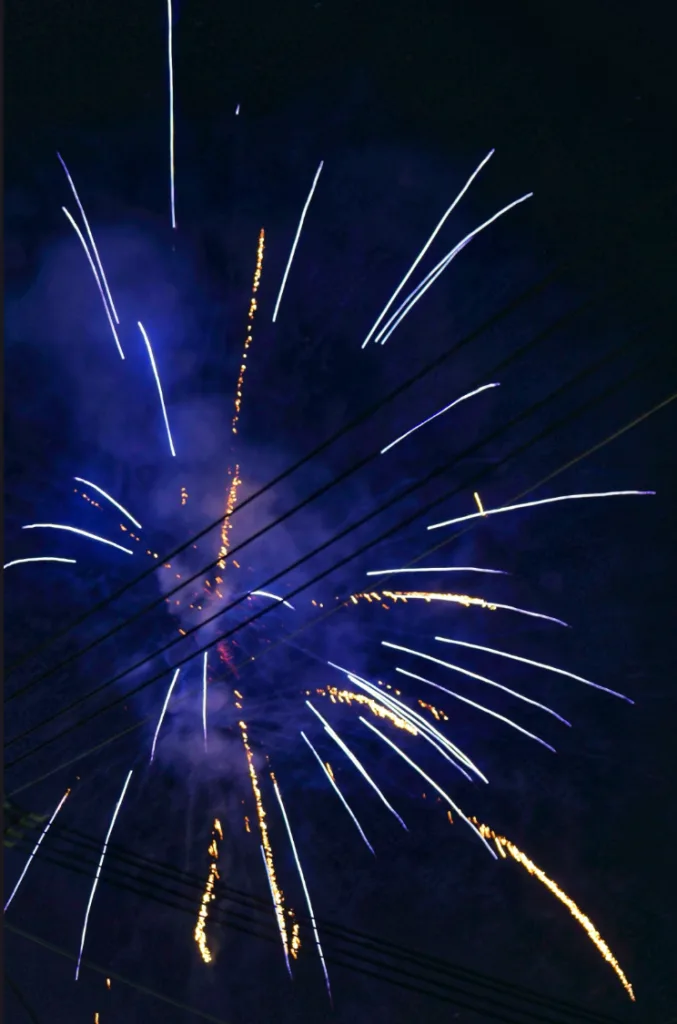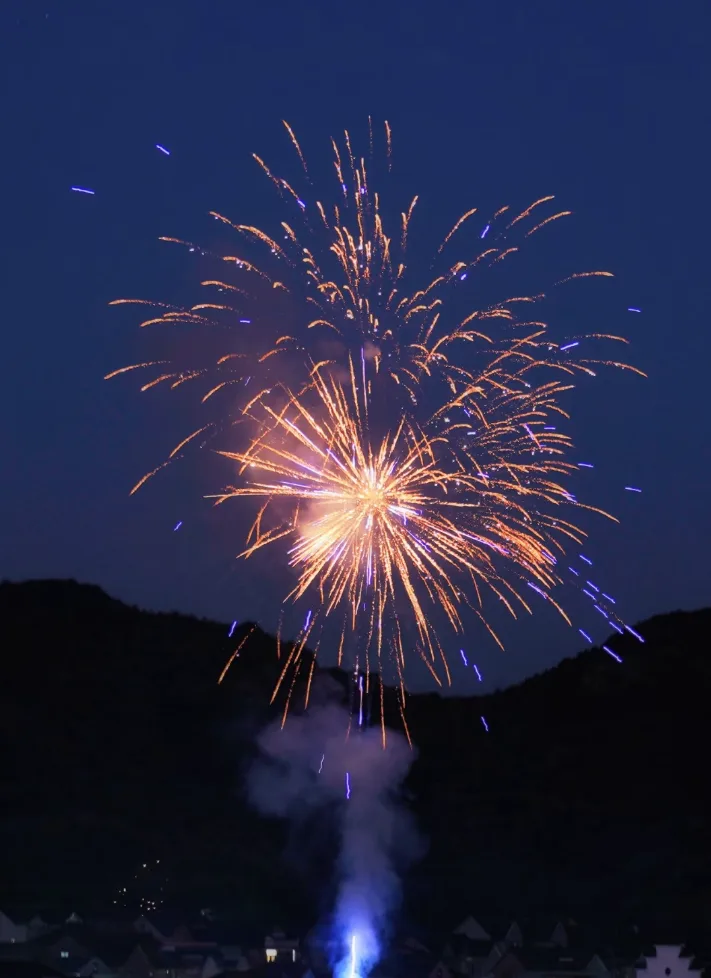Introduction: From Bamboo Crackles to Sky-High Artistry
Few spectacles in the history of human civilization can instantly ignite collective joy like fireworks. These bursts of light piercing the darkness, accompanied by a heart-shaking chorus of sound, transform the night sky into an ever-changing canvas. Fireworks are more than momentary entertainment; they carry millennia of history, folklore dedicated to warding off evil, and a universal cultural expression of hope and celebration.
I. Origins: The Legendary Birth of Gunpowder in the East
To trace the lineage of fireworks, we must look to ancient China, the birthplace of gunpowder. The earliest forms of firecrackers were not initially used for amusement, but as a ritual for exorcism and divine reverence.
The predecessors of the firecracker can be traced back to the pre-Qin period with the ritual of “Bao Ji” (爆祭), which involved burning bamboo stalks. The loud sound produced by the internal air pockets exploding when heated was intended to scare away mountain spirits and ghosts and ensure peace. The 6th-century text “Jingchu Suishiji” (《荆楚岁时记》) from the Liang Dynasty explicitly documents this function, noting the practice of setting off bamboo "firecrackers" in courtyards on the first day of the New Year to "drive off wild ghosts" (Source 1.5).
The true genesis of fireworks occurred later, during the Tang or Song Dynasties, when the advancement of Chinese alchemy led to the accidental mixing of sulfur, charcoal, and potassium nitrate—the formula for black powder (Source 1.3, 2.6). This explosive compound, when packed into bamboo or later, paper tubes, produced a powerful blast that superseded the simple crackle of bamboo (Source 2.5). The growing popularity of these powder-based explosions is well-documented in texts like Meng Yuanlao's “Dongjing Menghualu” (《东京梦华录》) from the Song Dynasty (Source 1.2).
II. Dissemination and Evolution: From Eastern Secret to Global Gala
The knowledge of gunpowder and pyrotechnic craftsmanship spread outward from China, reaching the Middle East and Europe around the 13th century via trade routes (Source 2.7). European artisans and chemists embraced this technology, subsequently pushing its technical boundaries.
Initially, fireworks arriving in Europe were limited to a monochromatic orange glow, the natural product of black powder combustion. A transformative leap occurred in the 1830s when Italian chemists revolutionized the field. By incorporating different metal salts into the formula, they were able to synthesize the vibrant, distinct colors—red, blue, green, and yellow—that define modern fireworks, completing the evolution from a mere flame to a sophisticated chromatic art form (Source 1.3, 2.1).
Across diverse cultural landscapes, fireworks acquired unique symbolic weight:
Japan: Known as Hanabi (花火, "fire flower"), fireworks are a deeply symbolic component of summer festivals. They are often linked to honoring ancestors and reflecting on the transience of life—a beautiful embodiment of the Japanese aesthetic of wabi-sabi, or the appreciation of imperfect and impermanent beauty (Source 1.3, 2.8).
India: During Diwali, the Festival of Lights, fireworks are essential. They symbolize the triumph of light over darkness and good over evil, echoing the ancient Hindu epic, the Ramayana (Source 2.3, 2.8).
United States: Fireworks are the quintessential symbol of the Fourth of July, Independence Day. The grand displays represent patriotism, liberty, and the nation's founding, solidifying a collective national memory (Source 2.4, 2.6).
III. Cultural Significance: Exorcism, Renewal, and Emotional Connection
The cultural significance of fireworks extends far beyond their technical execution; they serve as a powerful social unifier and a vessel for folklore.
Auspice and Exorcism: Whether it is the Chinese tradition of setting off firecrackers to dispel bad fortune for the New Year or the medieval European view of pyrotechnics as having magical or divine power, the loud boom and bright flash of fireworks universally act as a mechanism to purify the space and welcome good luck (Source 2.3, 2.7).
A Marker of Occasion: Fireworks serve as the undisputed climax and signature of nearly every major global celebration. From the New Year’s Eve countdown to national holidays, they are a unifying force that declares the arrival of an “important moment,” lifting public sentiment to its peak.
The Pursuit of the Sublime: The inherent nature of the firework is its ephemerality. It expends all its energy in the shortest amount of time to achieve the utmost splendor. This transient beauty is a profound reminder to live in the present and cherish the high-impact moments of our lives.
In the contemporary era, despite challenges related to environmental impact and safety, fireworks maintain their status as a traditional cultural product whose legacy deserves preservation (Source 1.4). In their unique way, they bridge history with the future, and the individual experience with collective joy.

